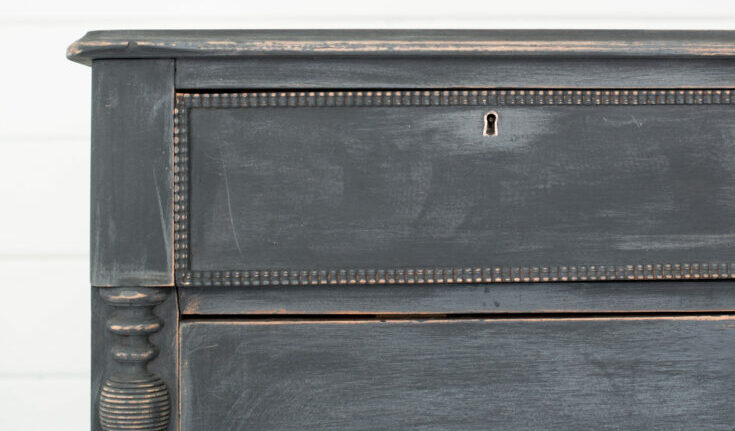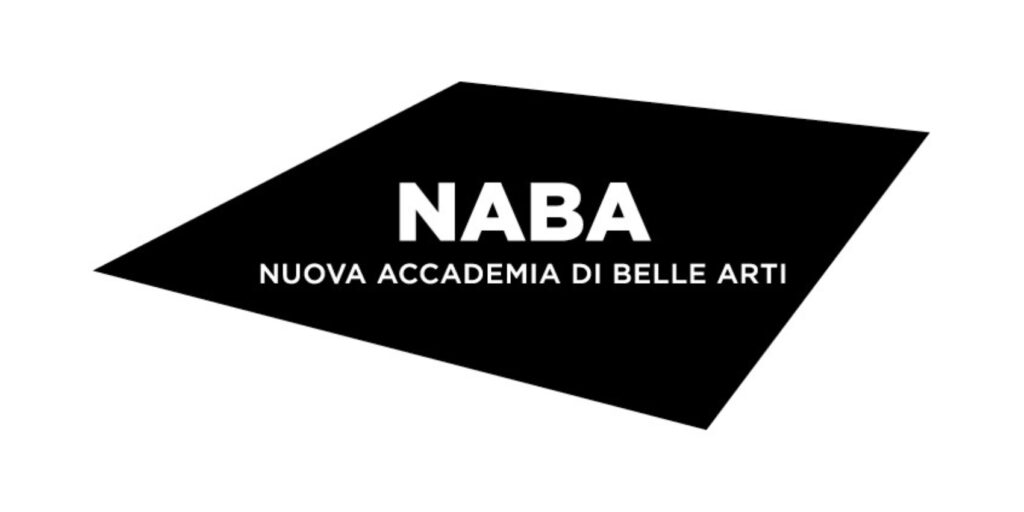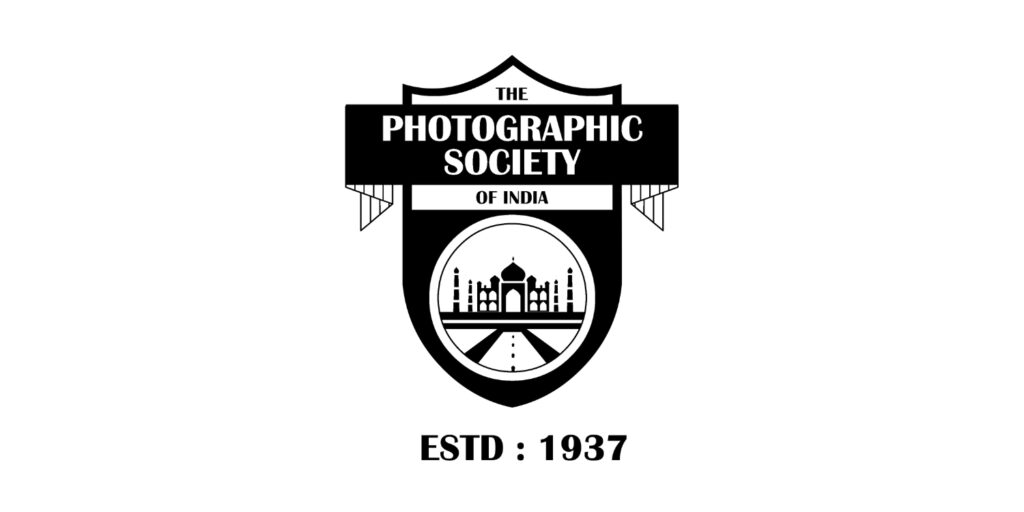Reviving Distressed Furniture with Decoupage: A Beginner’s Guide

How to Revive Distressed Furniture with Decoupage
What is decoupage?
The word decoupage comes from the French verb decoupler, ‘to cut out’. The decoupage technique can be used to personalise almost any item in your home, or better still applied to refresh and reuse distressed furniture and other decorative pieces at home.
Simply put, this craft involves cutting out pieces of paper and gluing them on objects and finishing off with layers of varnish.
Decoupage making is a great way for adults and kids to spend time together and create beautiful versions of distressed items.
Some simple tools are required to get started, and these could well be in your home or a trip to the local craft shop or hardware store will suffice.
The list includes glue, fevicol for craft will do fine, a pair of good scissors as cutting paper/fabric is a major part of this activity, a cutter for sharper detailed cutting of shapes, a cutting mat, a clean cloth and sponge dabbing or for wiping off extra glue. A tin of varnish and paint brush for finishing off the pretty picture that is being created.



(pics of tools required for decoupage)
- Choose a theme or look, and collect the pictures/images from a variety of sources – from magazines, special decoupage paper, greetings cards, gift wrapping paper wallpaper, fabric, paper napkins and Origami papers. Copyright-free pictures on all subjects from source books are a virtual treasure trove for this!
Salvage and Save
Pictures and images can be decoupaged on to various surfaces. This is a good opportunity to revive and refresh almost anything (hard surfaces) that may be distressed, or one can create something new – instead of going out and buying something new, thus incurring expenditure. Decoupage works of art is a great opportunity to salvage and save, refurbish and reuse. Responsible living that is!
Decoupage lets you salvage old and /or distressed pieces and this can lead to substantial savings. You can reuse the decoupaged piece instead of discarding and reaching out to purchase something new.
Decoupage is easy to carry out by following some simple basic steps:
– Once you have selected your item to decorate, make sure the surface of it is clean and dust free as the varnish magnifies any imperfections.




(pic of distressed table top)
– Short-listed pictures that need to be cut out and arrange them on the surface to be decoupaged, to finalise position of pictures.
(pic of table top partially covered with pic, planning decoupage)
– Once final position is selected based on what looks best, start gluing them on. I use Fevicol or similar, used for craft and small household repairs. Tweezers help to handle or placing tiny pictures.
– wrinkles need to be smoothed out from the surfaces and any excess glue wiped away with a slightly damp sponge or clean cloth.
(pic of finished table top)
– Once the glue has completed dried out, varnish needs to be applied in several layers until the desired finished look is achieved. The number of layers would depend on how thick the pictures are. Sand paper lightly for a smooth finished look.
And voila! You have something totally new and beautiful to display or give away as gifts.
(pic of random smaller items with decoupage tray, chest of drawers, easter eggs etc)
Some tips to keep in mind while using Decoupage
- Make photocopies of photographs and other original papers to use in decoupage so you can save the original. And also, to keep track of the position of the pictures on the surface, as reference, before gluing them on. You can also take a photo of them with your phone and then print it.
- As an alternate, tear the pictures by hand instead of cutting as torn edges can be blended in better. This can be attempted once a little more experience is gained.
- Plastic surfaces may need to be roughened a bit with sand paper so that the pictures when glued on sit well and not slip off. On a very smooth surface, it may take a little longer for the pictures to dry.
- Decoupage medium or Mod Podge is an all-in-one sealer, glue, and finish used for creating decoupage. This can be used on wood, fabric and other porous surfaces. It dries clear and seals the glued-on paper cuts firmly. Also available at craft stores or may be bought online.
- pictures on thicker paper, such as photos or greeting cards, take longer to dry.
- To smoothen out bubbles, if they do appear while pictures dry, use a pin or utility knife to pop it and then use your fingers to smooth it down.










